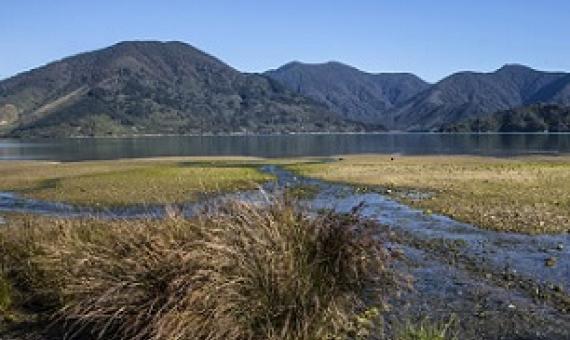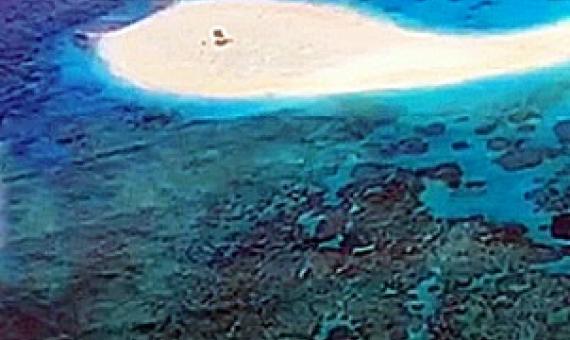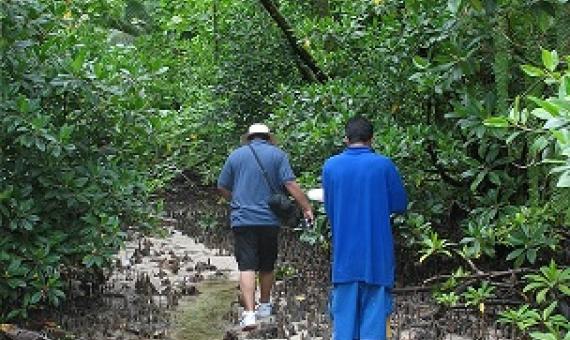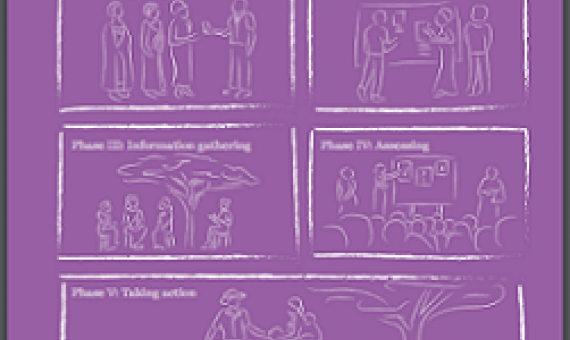A new report condemns the system for failing to protect our landscapes and calls for more direction from central government. The Environmental Defence Society's just released Synthesis Report argues national and local policy is disjointed and fragmented, with protection of nationally important la
Secluded from human interaction, the pristine Duff Reef or Cakau Galu in Mavana, Vanuabalavu in Lau has become a turtle sanctuary in Fiji. With its stunning natural aspects, the reef has now become a marine reserve – a protected home for turtles.
The possibilities of citizens to participate in natural resource governance are increasing.
Protected Area Governance and Management
This book has been prepared as a contribution to the IUCN World Parks Congress in Sydney in 2014. The global community is at the interface of ensuring the quality of protected area governance and management, together with the way that effectively managed and
Addressing the implementation challenge of the global biodiversity framework
A Global Biodiversity Framework (GBF) is under discussion for the period 2021–2030, which will replace the ‘‘Aichi Targets’’ adopted by the Convention on Biological Diversity (CBD) in 2010. Given the limited success in meeting most of the Aichi Targets, this new framework must adopt a different approach. A key challenge the GBF must address is its implementation at national scales. Four ways this implementation challenge can be addressed include:
A toolkit to support conservation by indigenous peoples and local communities: Building capacity and sharing knowledge for Indigenous Peoples’ and Community Conserved Territories and Areas (ICCAs)
Local communities and indigenous peoples make substantial contributions to global conservation efforts and sustainable development. While these communities are often the primary ‘resource stewards’ who rely on ecosystems to meet food security, livelihood and health needs, their contribution to the achievement of global conservation targets have not yet been fully recognized...This toolkit presents a selection of practical resources, developed by numerous organisations, making them readily accessible to community-based organisations who manage ICCAs.
Meanings and more... Policy Brief of the ICCA Consortium, Issue No. 7
In 2018 the Council of the ICCA Consortium decided to develop a lexicon of meaningful, and at times complex, concepts and terms frequently used in its work, policies and relations with its Members and Partners. A few specific papers had been commissioned and prepared before, but no attempt had been made to collate working definitions of frequent use, while many felt a need for such a reference compendium. This document is the result of the Council’s decision. It is a rich beginning, expected to evolve and be further integrated and enriched in the years to come.
The Cook Islands (South Pacific) experience in governance of seabed manganese nodule mining
The Cook Islands (CI), South Pacific, has one of the highest ratios of ocean to land area of any ocean island state in the world. Within it's EEZ exist abundant resources of seabed manganese nodules, thought to be the fourth richest resource of its type in the world, with a potential theoretical monetary value of c. $10 trillion US. The largely hydrogenetic nodules are rich in Ti, REE, Mn, Co and Ni. Economic studies suggest that a single twenty year-long mining operation could generate c. 150 jobs directly supporting 15% (c. $43M US) of the CI GDP.
Global targets on conservation include the goal of delivering more equitable management and governance of protected areas. But the lack of practical tools for assessing and enhancing governance quality and equity means there has been little progress.
Governance, Equity and the Green List
Good governance is fundamental to effective protected area (PA) design, planning, and management operations, and the degree to which these are equitable in terms of the recognition and engagement of key actors, and the distribution of benefits and costs/burdens. Achieving both effective and equitable PA management is central to international PA policy (ie Aichi target 11). Site-level PA governance assessment assesses the quality of the governance arrangements of a PA in relation to best practice which is defined in terms of a set of good governance principles.



